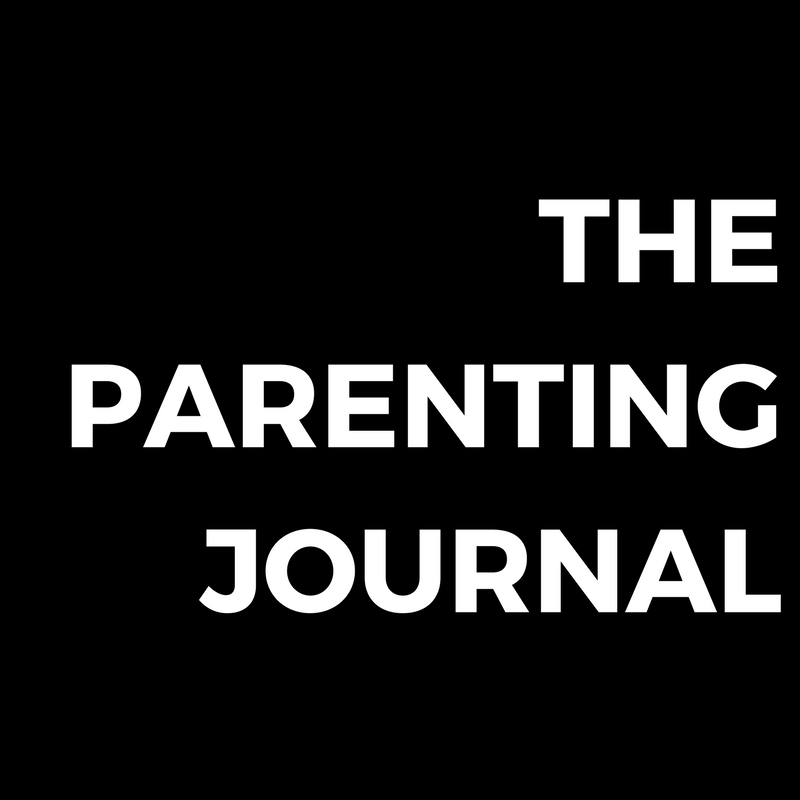
How to connect
- Get down on her level
- Stay calm (try a deep breath or two if needed)
- Look her in the eye.
- Hold her arm that hit - firmly but gently.
- Say "I won't let you hit." while looking directly into her eye. (Source: Janet Lansbury)
It's "teaching", not "embarrassing"
The key is addressing the behavior immediately in a calm and authoritative manner.

Establish the need
Hitting is a form of communication, regardless of whether it is acceptable or not. By hitting, your child is communicating a need.
It is your job as a parent to help your child meet her need in an acceptable manner.
Ask, "What need is my child trying to meet?"
Could it be:
- She feels "backed into a corner"? A child may have taken her toy without asking, or could be taunting her. When a child feels helpless in a situation, she will often hit.
- She is tired? When children are tired, they have a hard time controlling emotions and communications.
- She wants attention? She may be seeking attention from you or from a friend on the playground, but she does not yet know the right way to communicate.
- Something happened in her day? What happened in her day? Often, we notice that if we do not spend time connecting with our children earlier in the day - like 15 minutes of one on one reading or play - our children will act out later in the day.
Establishing the need that your child is meeting is not excusing the behavior of hitting. Instead, it is allowing you - the parent (or grandparent) - to know the need your child is trying to meet so you can help your child meet that need in an appropriate way.
Meeting the need
Once you establish the need, help your child meet that need.
For example:
- If your child feels "backed into corner" => change the environment. Take your child away from whomever is making her feel helpless.
- If your child is tired => take them to rest.
- If your child is seeking attention => try playing with her one on one for a bit and then reintroducing her to the group.
Talking to your child
If you want to talk to your child further, like trying active listening, take her to a private place to talk to her (the hallway or another quite place on the playground) so she is not embarrassed and feels safe.
Use I-messages. I-messages are key to establishing your view of the situation without judging your child's behaviour. Remember, as parents our ultimate goal is to teach, not judge. Judging behaviour can lead to resentment and rebellion, which are not our goals for our children!

What are I-messages? Phrases that use "I" instead of "you".
For example:
NO "You will hurt someone when you hit."
- Child may indeed be trying to hurt someone when she hits.
- So this statement will not encourage the child to change her behaviour.
NO "You are naughty when you hit."
- This is judging and labeling.
- In fact, there is a lot of science (we'll have to get into the details in another post) that proves that "labeling your child" (like calling her 'naughty") leads your child to adhere to being "naughty" or continue to prove to herself and you that she is indeed "naughty".
- Leads to rebellion and your child trying to be "naughty".
YES "When you hit, I am worried someone will get hurt."
- Leaves little room for argument. Your child will not refute your feelings.
- Is not judging her behaviour.
- Leads to your child's problem solving. For example, your child will think "well what can I do so Mom or Dad is not worried someone will get hurt?" => "not hit?" => "use words instead?" et cetera...
(I-message Source: Dr. Thomas Gordon's "Parent Effectiveness Training")
Onward
When teaching your child not to hit, it will not go smoothly every time... that is life! It will also take several real life practices to get the method of staying calm + connecting + identifying your child's need + meeting that need or helping your child meet her need + communicating active listening and with i-messages down pat. But you will never get it down if you do not start trying!
Perhaps take it a bit at a time... this week try connecting.
Next week, try connecting + identifying the need your child is trying to meet.
The following week after next, try connecting + identifying the need + addressing that need... et cetera.
We are here for you! Have questions? Leave a comment below or email allie@parentingjournal.org.


daily cialis online